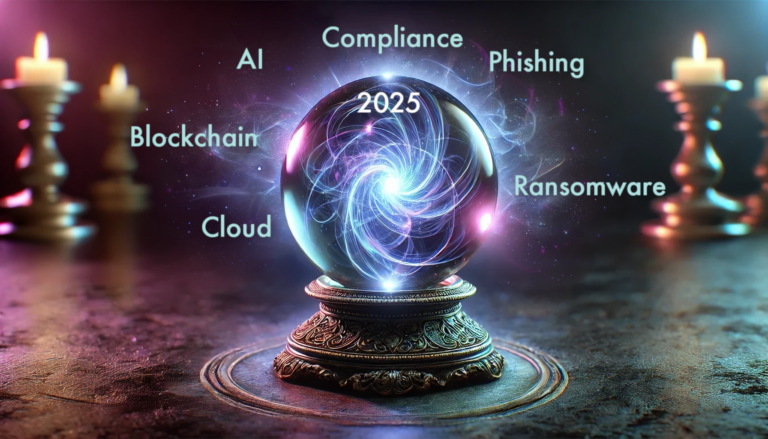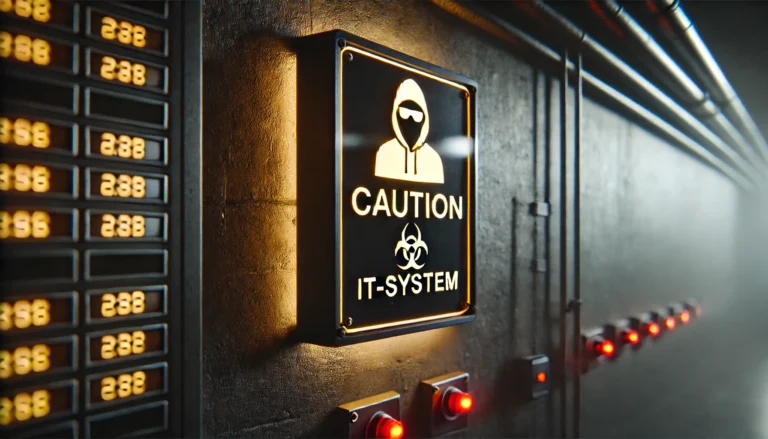Time is Everything: Why Precise Time Synchronization Keeps Your Business Running
Imagine coming to the office in the morning, and no one can log into their computers. The reason? The clocks on your systems aren’t properly synchronized. What might sound like a minor issue at first can quickly become a real business risk. The good news: With proper planning, this can be easily avoided.
When Time Falls Out of Sync
We all know it: Even the best wristwatch eventually runs fast or slow. Computer systems are no different – except here, the consequences are far more dramatic. When the clocks of different systems drift too far apart, your systems stop working harmoniously together. Logins fail, automated processes run at the wrong time, and in the worst case, you can’t even track down exactly when something went wrong.
The Solution: Well-Planned Time Management
Fortunately, we don’t need to reinvent the wheel. With the Network Time Protocol (NTP), there’s a proven way to keep all clocks in your network synchronized. However, it’s not enough to simply use any time server on the internet. Just as you rely on security and redundancy for important business processes, your time synchronization needs a well-thought-out concept.
How to Build a Reliable Time System
A robust time server infrastructure is like a well-organized orchestra. At the top stands the conductor – in this case, your primary time servers. These get their time from high-precision sources like GPS receivers or, traditionally in Central Europe, the DCF77 signal. Time is then distributed hierarchically across the network, ensuring that every system – from servers to workstations – stays in sync.
Larger companies particularly benefit from setting up multiple local time servers and configuring them hierarchically. For particularly time-critical industries, PTP (Precision Time Protocol) is highly recommended.
A Look into the Future
The importance of precise time synchronization will continue to grow in the future. With the trend towards distributed systems, cloud computing, and automated processes, a reliable time base becomes increasingly important. Those who plan and invest proactively here not only avoid trouble and downtime but create the foundation for smooth digital business processes.
Conclusion: Time is More Than Just a Detail
A well-designed NTP infrastructure is like a well-oiled machine: When it runs correctly, nobody notices it – but everyone feels it immediately when something’s wrong. The symptoms of a system that has unknowingly been running on incorrect time are particularly difficult to diagnose and sometimes only become apparent much later.
Contact us for a free initial consultation



